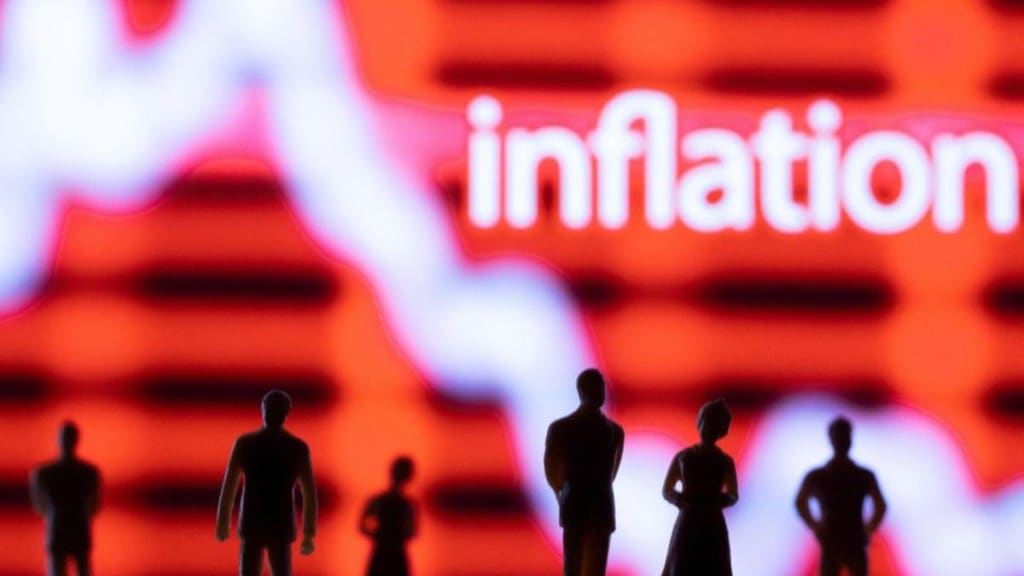By R Gopalan and MC Singhi,
The ministry of statistics and programme implementation, after a gap of 11 years, released a fact sheet on per capita expenditure for 2022-23. A detailed report on private consumption expenditure is awaited, yet the fact sheet itself has generated many observations. Four issues are significant here, and we briefly indicate our observations on them.
Consumption & assets of decile class of population
Between 2011-12 and 2022-23, the overall increase in per capita consumption expenditure has been 9.45% for rural and 8.61% for urban areas. While growth in per capita expenditure is nearly uniform across the decile classes of population, at the lower levels there is a relatively faster increase. Consumption of the bottom 10% of the population has increased by 9.8% and 10.4% in rural and urban areas respectively compared to a growth of 8.7% and 7.3% for the top 10% of the population. Notwithstanding the moderate increase in consumption expenditure at the bottom level, we do not see much improvement in access to consumption at this level. Based on the debt and assets survey, it is observed that more than half of the household assets are still concentrated in the top 10% of the population. Though this inequality has moderated slightly, it remains much above the inequality in consumption. The assets held by the bottom 40% of the population is just 6% in rural and 3.3% in urban areas. The new surveys indicate persistent inequality in consumption and access to assets.
Levels of poverty
Post-1973, poverty estimates in India are made with reference to a basket of goods. The task force in 1979 and expert groups afterwards, including the one under C Rangarajan in 2014, have continued estimating poverty solely with reference to the distribution size of private consumption expenditure, based on a National Sample Survey Office (NSSO) methodology. This conscious decision is because of the significant difficulties in capturing household incomes through recall-based surveys of sample households. The Rangarajan expert group recommended monthly per capita consumer expenditure (MPCE) of Rs 972 in rural areas and Rs 1,407 in urban areas as poverty lines for the country. The MPCE covered primarily food and some essential non-food items. The poverty line so estimated was around 68% of average MPCE in rural areas and 54% of average MPCE in urban areas. Since poverty estimates are not so far provided for 2022-23, one could consider two alternatives. First, the indicated proportion of MPCE in 2011-12 could be used for 2022-23. That puts MPCE of Rs 2,624 in rural areas and Rs 3,489 in urban areas, indicating that 33% people in rural areas and 24% in urban areas are poor. The second approach could be upscaling MPCE using the consumer price index (CPI). This puts rural and urban MPCE at Rs 2,177 and Rs 2,940 respectively. Based on this MPCE level, people below the poverty line in rural and urban areas would be 20% and 15% respectively.
Inflation based on derived weighting diagram
The third issue related to the PFCE based on the NSSO survey is redrawing the weighting diagram for consumer price indices. Using the indices at the broad groups in the current CPI and weighing them in terms of the derived weighting diagram at rural and urban levels, inflation shows a downward trend post-July 2023. Average inflation for rural areas for July-February under this dispensation works out to 5.2%, the same as observed for current series. For urban areas, the inflation under the new dispensation at 5.8% is higher than the inflation in the current series at 5.1%. The proposed fine-tuning with actual commodity-wise details, we believe, may not influence changes in the monetary policy.
NAS & NSSO comparison
An important expectation from the new expenditure fact sheet has been its validation of GDP growth rates and its deviation from the PFCE, as indicated in National Accounts Statistics (NAS) data. Historically, private consumption derived from NAS and NSSO surveys are significantly different from each other. According to the NSSO surveys at different points, the derived PFCE in 1993-94, 1999-2000, 2004-05 and 2009-10 have varied between 48% (2004-05) and 62% in 1993-94. In 2009-10, the NSSO-based PFCE was 50% of NAS-PFCE. The food component was relatively closer to NAS estimates than the non-food component. Part of the difference could be methodological (use of imputed values for owner-occupied houses and consumption of goods produced by household) and partly owing to the exclusion of certain sectors.
The Rangarajan Committee has stated that these two estimates of consumption (NSS and NAS) do not match in any country. But what is alarming in India is that the difference between the NSS and the NAS consumption is widening over time and at the aggregate level, the NAS consumption has always been more than the NSS consumption. In 2022-23, we observe NSSO to have declined to 46% of NAS consumption with the usual inter-group variations. The rate of growth of NSSO consumption at the aggregate level and NAS consumption from 2011-12 to 2022-23 at 10.2% and 11.6% compound annual growth rate respectively is not significantly different. In view of this, the claim that NAS-PFCE overstates GDP growth (not validated by NSSO) is not borne out by facts.
The authors are former civil servants.
Disclaimer: Views expressed are personal and do not reflect the official position or policy of Financial Express Online. Reproducing this content without permission is prohibited.
